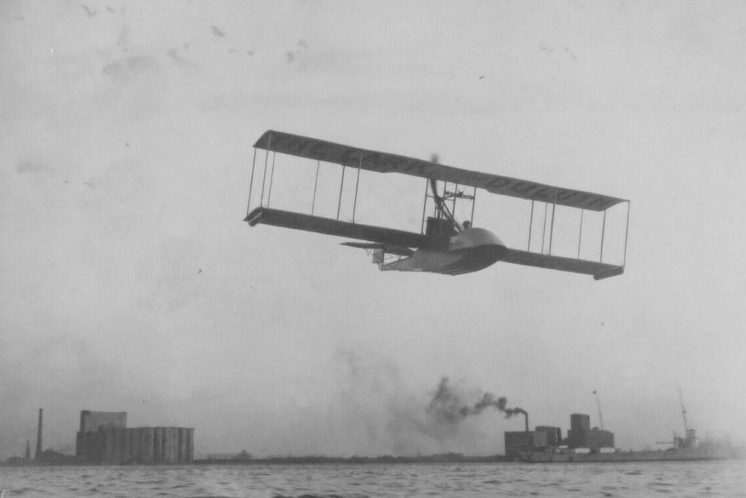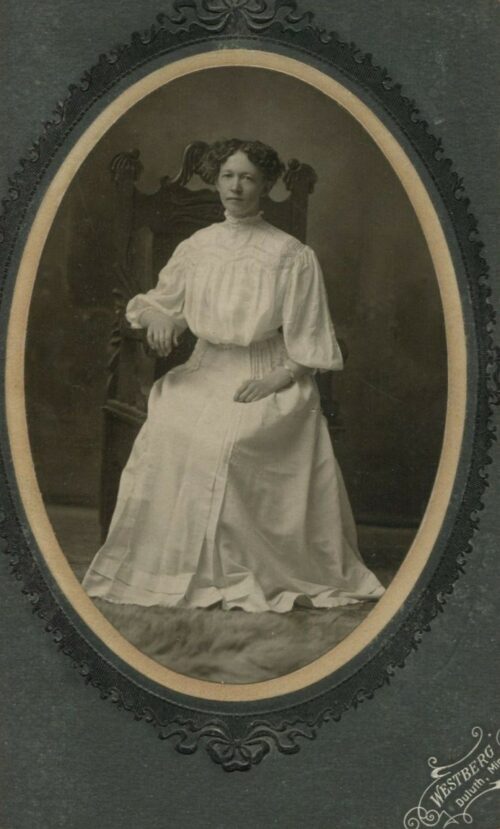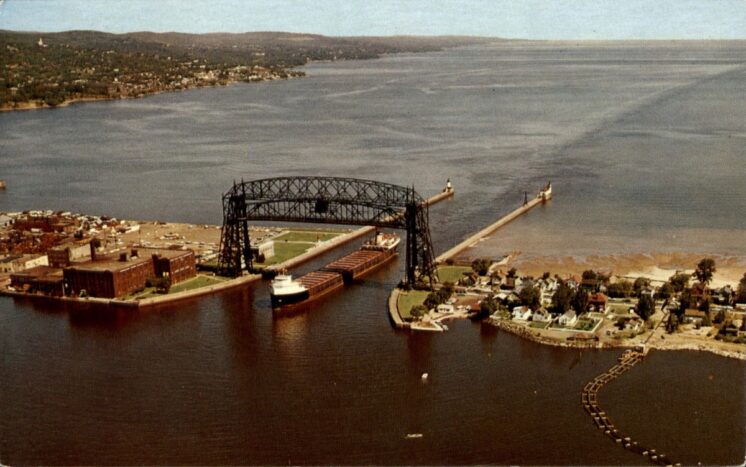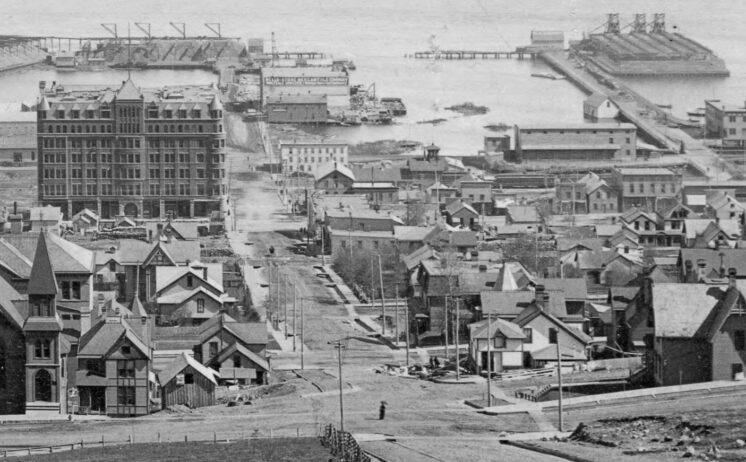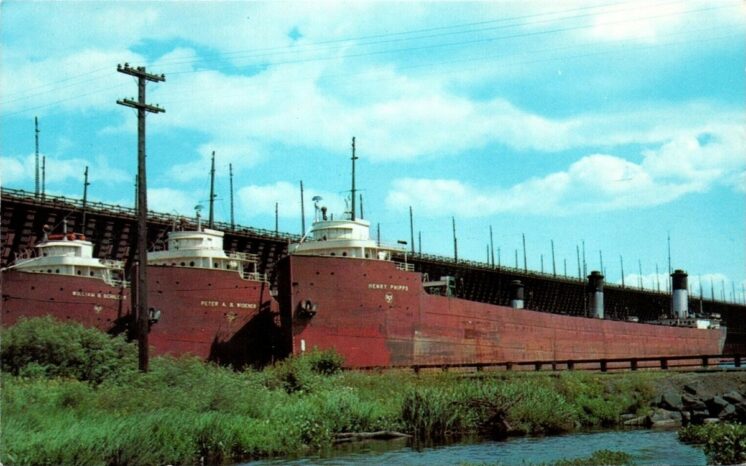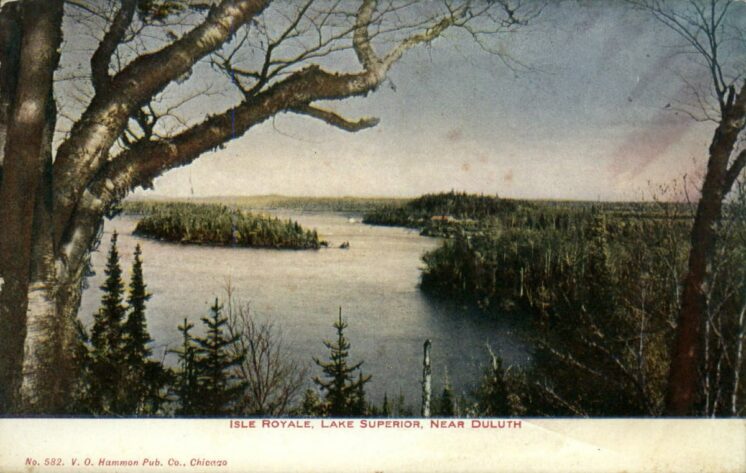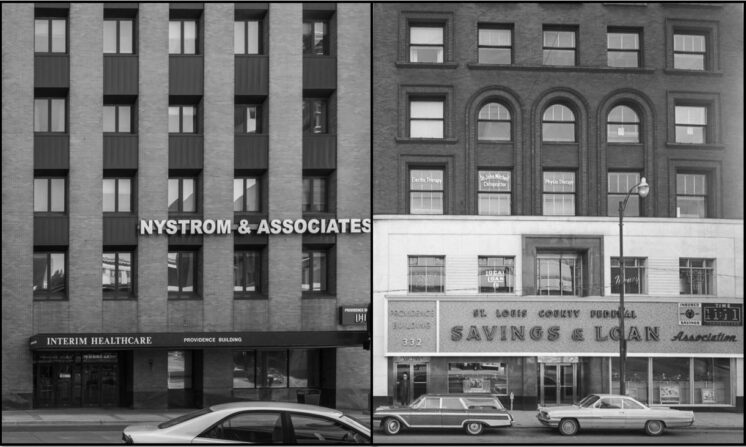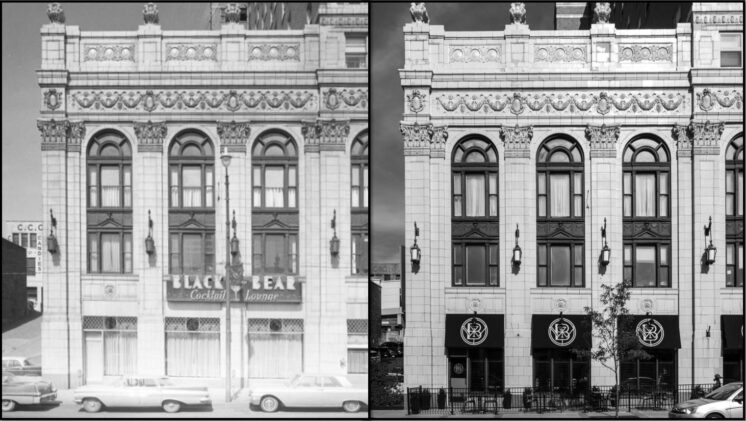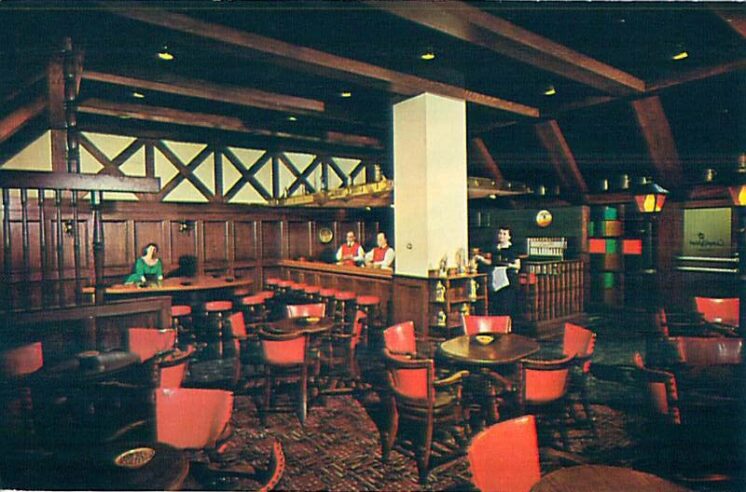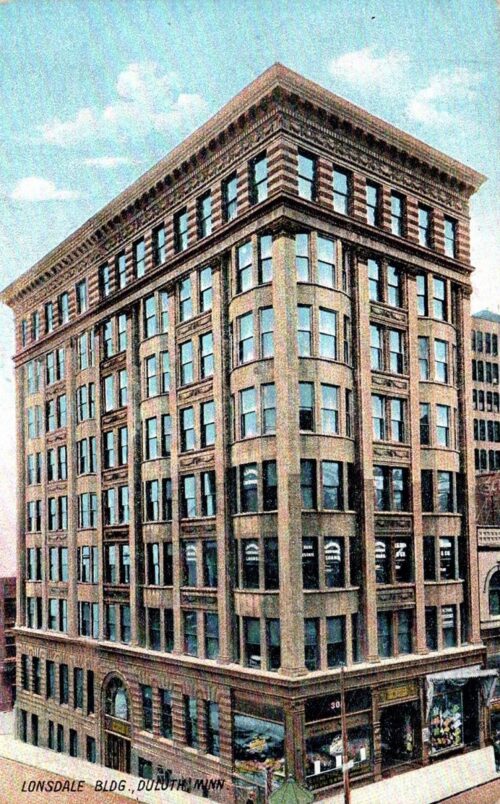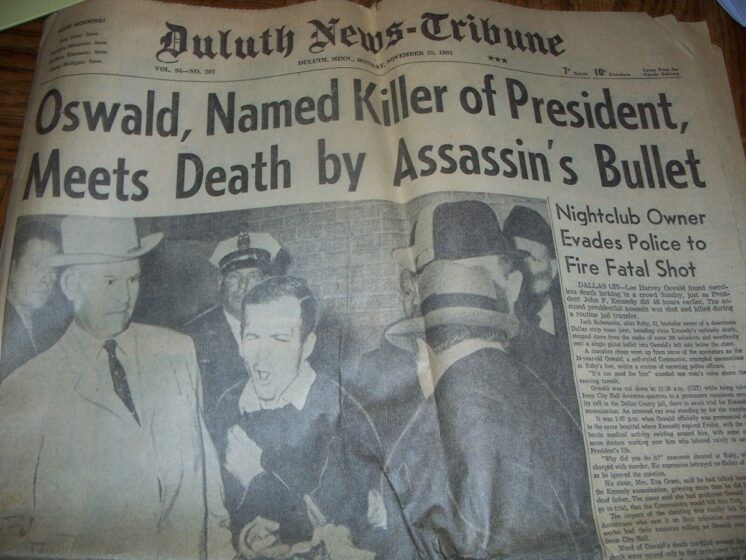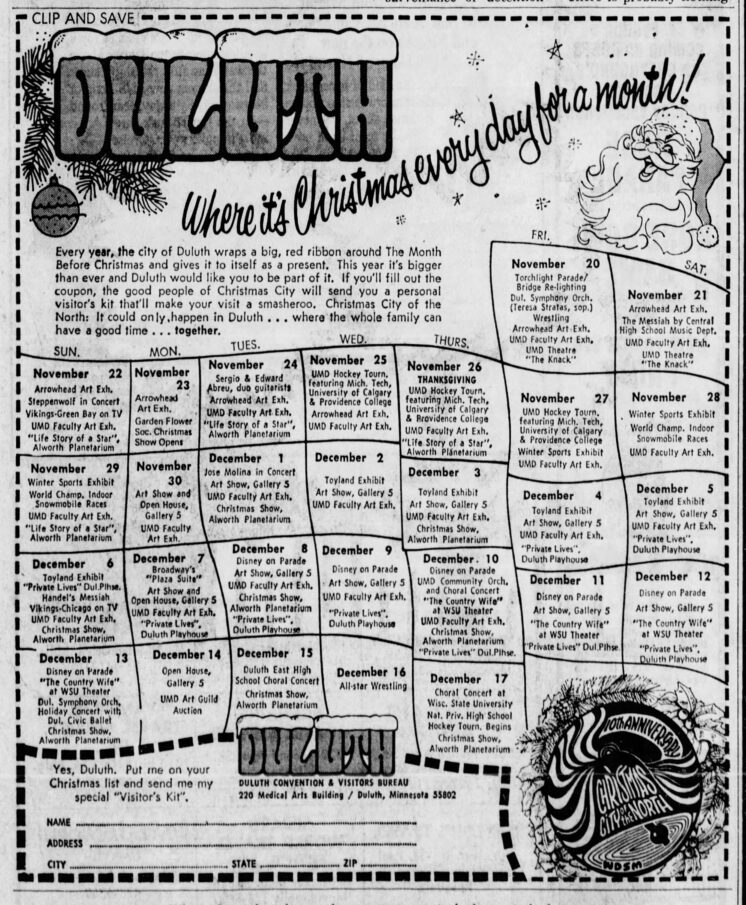 [Editor’s note: For this week’s essay we’ve once again pulled out a relic from the archive of Slim Goodbuzz, who served as Duluth’s “booze connoisseur” from 1999 to 2009. Twenty years ago the Sultan of Sot paid a visit to the Miller Hill Mall and composed this article for the Dec. 24, 2003 issue of the Ripsaw newspaper. Historical footnote: This was Slim’s last column for the Ripsaw before it switched from a weekly newspaper to a monthly magazine. Neither were ever the same. Additional footnote: The Great American Bar & Grill closed in 2011; the space is now occupied by Noodles & Company and Chipotle Mexican Grill.]
[Editor’s note: For this week’s essay we’ve once again pulled out a relic from the archive of Slim Goodbuzz, who served as Duluth’s “booze connoisseur” from 1999 to 2009. Twenty years ago the Sultan of Sot paid a visit to the Miller Hill Mall and composed this article for the Dec. 24, 2003 issue of the Ripsaw newspaper. Historical footnote: This was Slim’s last column for the Ripsaw before it switched from a weekly newspaper to a monthly magazine. Neither were ever the same. Additional footnote: The Great American Bar & Grill closed in 2011; the space is now occupied by Noodles & Company and Chipotle Mexican Grill.]
With all the recent abductions and alleged abductions going on in the region, now is an excellent time to prey on people’s paranoia. That’s why I’m at the Miller Hill Mall, picking out people at random and following them around. It’s just before Christmas, so there are plenty of targets to choose from.
My first victim is Sean Baker. I know his name because he just registered to win a Sea-doo powerboat and 500,000 World Perks miles. I also know now that he is gullible. You don’t have to read the fine print on the entry form to know that the odds of winning are miniscule and the odds of being contacted by annoying telemarketers for the rest of your life because you just signed away your do-not-call list status are equal to the odds of whether or not you have a phone.




